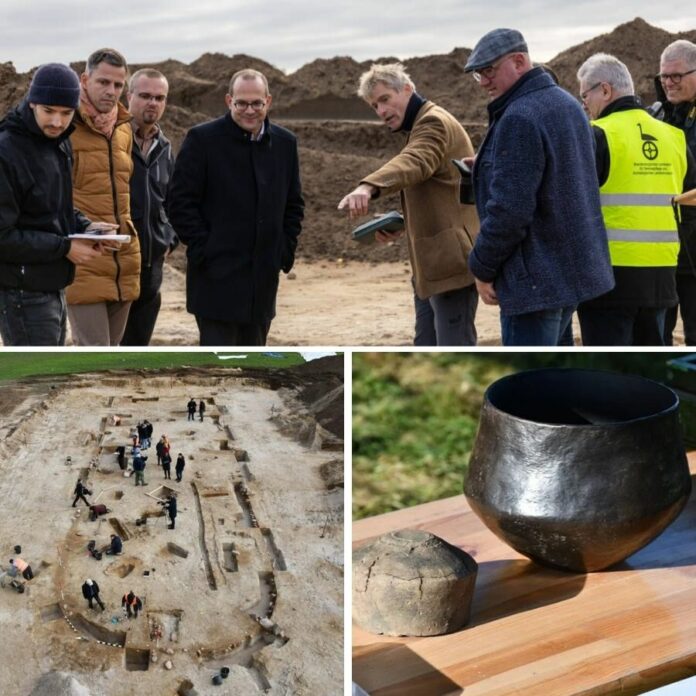A groundbreaking archaeological discovery in Brandenburg, Germany, has brought new life to ancient folklore. Near the historic site of the King’s Grave in Seddin, researchers have uncovered a colossal Bronze Age building, possibly the legendary meeting hall of King Hinz. With its monumental size and remarkable preservation, this find offers fresh insights into Nordic Bronze Age society and the legacy of its rulers.
The Monument’s Discovery and Architecture
The ancient structure, unearthed by a team led by Immo Heske of Georg-August University of Göttingen, is unlike anything previously seen from the Nordic Bronze Age. Measuring an impressive 31 by 10 meters (102 by 33 feet), it stands as the largest building of its kind from this era, which spanned from approximately 2200 to 800 BCE.
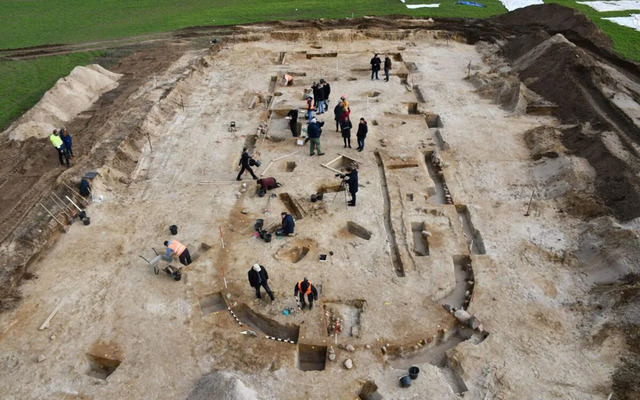
Constructed using advanced techniques, the hall features walls made of wooden planks reinforced with wattle and daub, covered in clay plaster. Its thatched roof exemplifies the craftsmanship of the time, while a central fireplace suggests a functional yet ceremonial purpose. Inside the hall, archaeologists discovered a miniature vessel, believed to have been used for rituals, further emphasizing its importance as a space for gatherings or worship.
Historical Context: The Legend of King Hinz
Local folklore has long spoken of King Hinz, a ruler known for his benevolence and his burial in a golden coffin. According to these tales, when the king passed, a magnificent tomb was constructed to honor him, complete with coffins for his wife and a royal servant. The massive burial mound, known as the King’s Grave, is considered one of the most significant burial sites of the 9th century BCE in Northern Central Europe.
The recent discovery of the monumental hall near this burial site adds credibility to these stories. Researchers speculate that the hall may have served as a royal residence or meeting place, hosting gatherings that shaped the region’s political and social landscape. The connection between the hall and the King’s Grave underscores the enduring power of oral traditions and their alignment with archaeological evidence.
The Excavation Process and Findings
The excavation, conducted in collaboration with the Brandenburg State Office for Monument Preservation, began in the spring of 2023. Funded by a €300,000 grant from the German Research Foundation, the project has already yielded significant discoveries, including the hall’s central fireplace and fragments of pottery. One ceramic vessel, in particular, bears striking similarities to artifacts housed in the Perleberg Museum, offering a tangible link to the region’s Bronze Age heritage.
Franz Schopper, the state archaeologist, described the find as “spectacular,” noting that the hall’s dimensions far exceed those of typical Bronze Age structures. This suggests that the building likely held a special status, possibly as a ruler’s seat or a ceremonial space for elite gatherings.
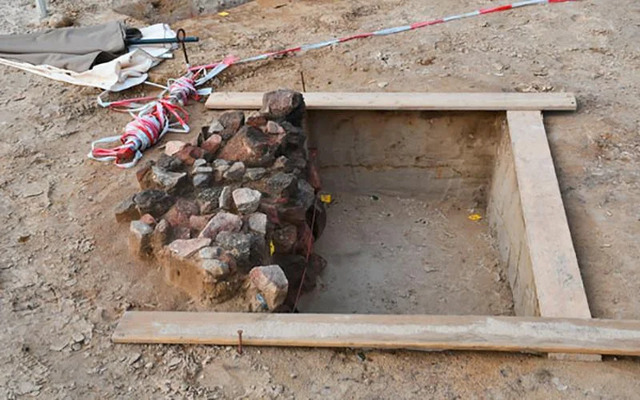
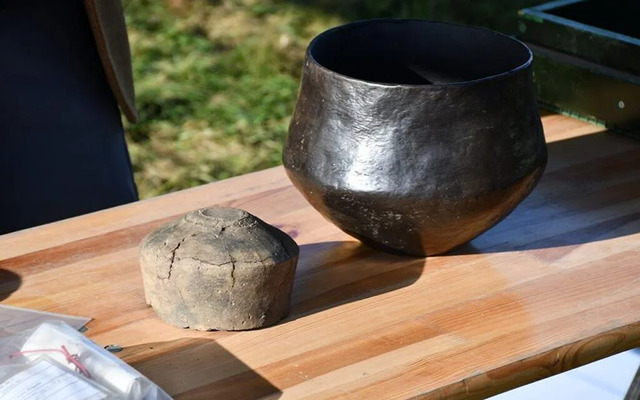
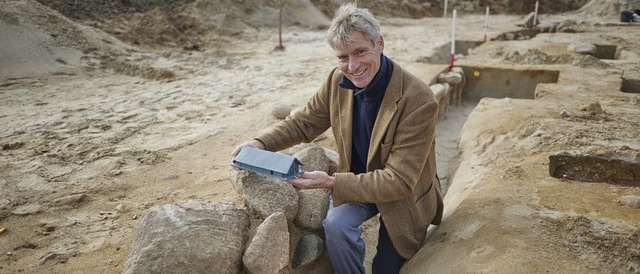
Archaeological Implications
The discovery of such a massive structure raises important questions about the societal organization of the Nordic Bronze Age. The hall’s size and craftsmanship indicate the presence of skilled laborers and centralized planning, suggesting a complex social hierarchy. Its location near the King’s Grave further supports the idea that the site was a hub of political and ceremonial activity.
The hall’s potential role as a meeting place for royalty or a venue for rituals highlights the multifaceted nature of Bronze Age architecture. It was not merely functional but also symbolic, reflecting the power and influence of those who inhabited it.
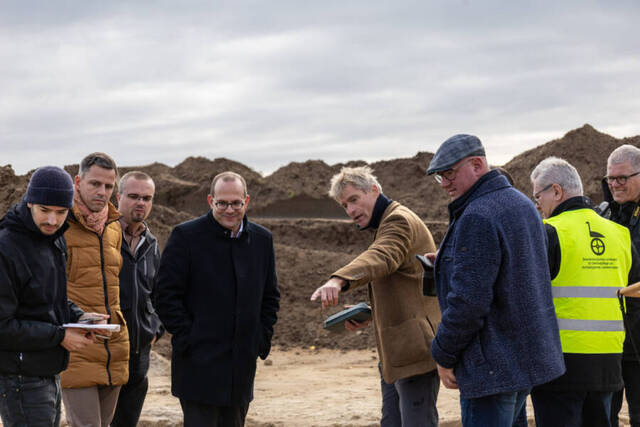
Future Research and Technology
As excavations continue, researchers plan to employ advanced technologies to deepen their understanding of the site. DNA analysis, for instance, could provide insights into the identities and relationships of those associated with the hall and the King’s Grave. These studies may reveal details about the region’s population, their origins, and their connections to other Bronze Age communities across Europe.
Over the next two years, the excavation team aims to uncover more artifacts and structural elements, piecing together the story of this extraordinary monument. By combining traditional archaeological methods with cutting-edge technology, they hope to unravel the mysteries surrounding King Hinz and his legendary hall.
Conclusion
The discovery of the colossal Bronze Age hall near Seddin represents a milestone in the study of Nordic Bronze Age societies. It bridges the gap between legend and history, offering a glimpse into the lives and legacies of ancient rulers. As researchers continue their work, this monumental find promises to reshape our understanding of the region’s past, proving that even in the modern era, the echoes of ancient civilizations still resonate powerfully.
